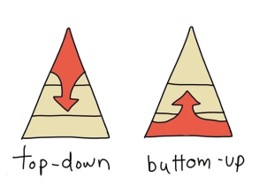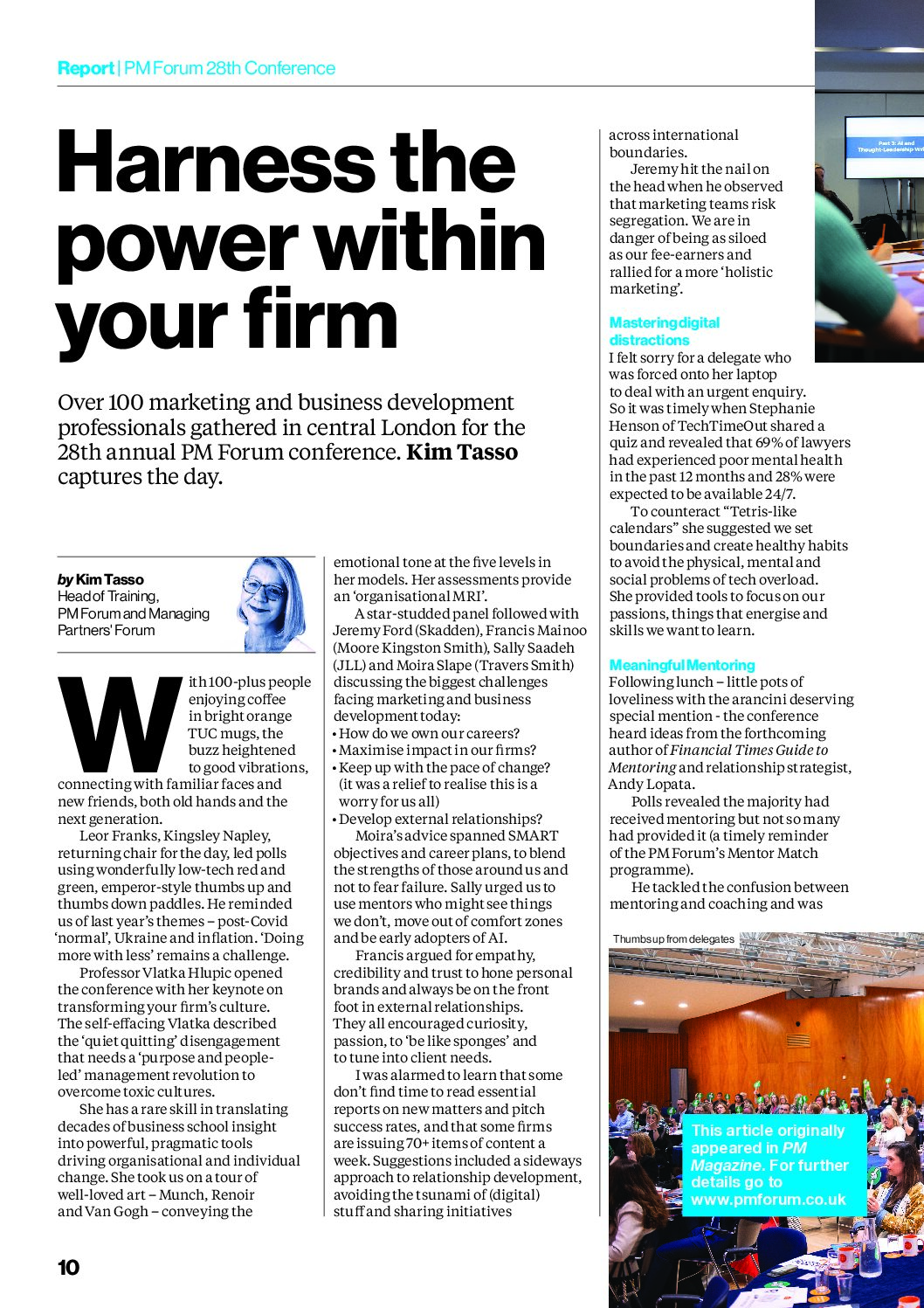The executive summary of the 20th PWC survey http://www.pwc.co.uk/eng/publications/pwc_annual_law_firms_survey.html talks about the deteriorating profitability of all but the most successful firms since 2008 with the 2011 financial results painting a broadly flat picture compared to last year. The key findings are as follows:
Variation in net margins – UK net margins range from close to 50% for the highest performing top 10 firms to half this for other firms in this banding. The result on PEP for the best in the top 10 is £1.36m with the lower performing firms achieving £530K.
Impact of scale on PEP – The impact of scale was highlighted – with the average PEP for top 10 firms over twice that of the top 11-25 firms. Top 10 firms have managed to maintain profit margins at close to the levels seen prior to the recession whereas other firms have seen a continuing decline – with top 51-100 firms recording a 7.1% fall since 2007. 44% of these firms reduced their equity partner numbers in 2011.
Importance of banking work – A quarter of the work by top 10 firms was banking work and a quarter of their UK fee income was derived from this practice area, compared to less than 10% and 4% for the top 11-25 and top 26-50 firms respectively.
Key measures – Fees per fee-earner appears to be replacing PEP as a key measure. The majority increased their fee-earner headcount although pricing pressure meant that apart from the 11-25 this was matched by either flat or declining chargeable hours.
Less women – There has been a decline in the number of female equity partners in the top 10 firms to 13% compared to 18% two years ago.
International work – For the top 10, 53% of income and 58% of total profit was generated internationally. Others had less contribution from overseas. CEE and USA saw best improvement in net margins but overall Western Europe remains the biggest overall contributor to overall international profit at 46%.
Lock up – There’s a worsening trend in year-end lock up for most firms due to increasing WIP.
ROCE – This is a new measure, seeing annual returns of 129% for top 10 firms, 135% for 11-25 firms and 88% for top 26-50 firms.
Reducing costs – Outsourcing and LPOs feature feature despite the numbers of professional support staff being on the increase again. PWC suggest more emphasis is needed on business process and systems. Most firms are having to flex or reduce their pricing to win new work.
Future plans – 70% of the top 11-25 are considering merger in the next two to three years. 60% of the top 11-25 and 70% of the top 26-50 plan to further increase fee-earner head count.
From my perspective, what this suggests is that firms are retrenching and looking at internal short term measures to reduce costs rather than longer term more externally oriented developments to increase income by changing the way that they operate through new business models, new services, enhanced client experiences, new billing methods and new marketing strategies. I say “short term” because it is obvious to anyone working with law firms that they cannot expect to continue to get more and more out of their already over-stretched fee-earners when remuneration is static or declining and partnership prospects are further reduced. The other key message is that the eye-watering margins and ROCE of law firms will remain a big attraction to those outside of the profession who will be happy to settle for significantly less margin and therefore who are likely to significantly disrupt the market as they do so. It really is perfect storm time http://kimtasso.com/law-firm-strategy-are-law-firm-leaders-in-denial-about-the-perfect-storm-or-hanging-on-for-the-final-big-catch – and so few seem to want to take the initiative.









